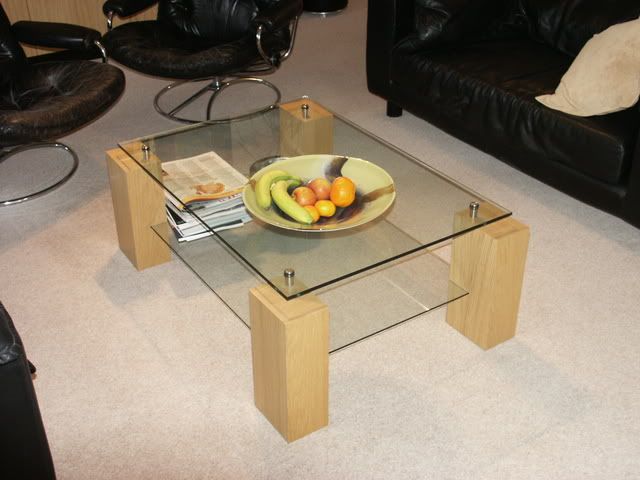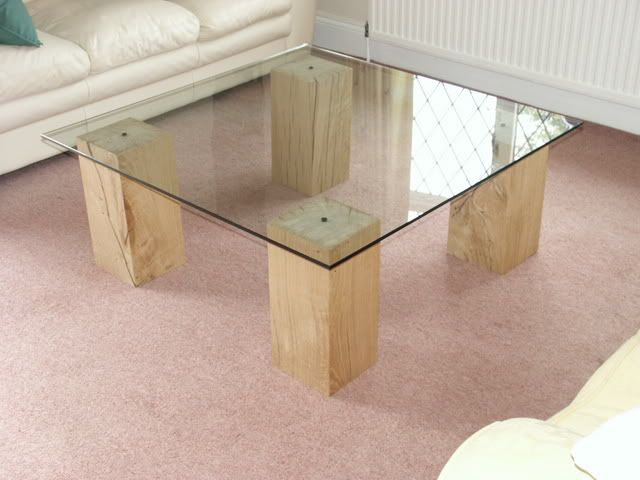Chems
Established Member
A while ago someone asked about making a very chunky coffee table, and we advised to make it hollow.
I've got to make a chunky item and am planning to make the legs similar to how IronBalls did his Morris chair, mitre the long edges and glue up.
I can either table saw them or use a 45 degree router bit then domino the joints and glue up.
I want to do the top in a similar fashion, aiming for about 5 inches thickness, but again not going to be wanting to do it with solid wood I could do similar to the legs but how would I cap the ends to look like end grain?
Just looking for some general advice and tips from all of you. TIA!
I've got to make a chunky item and am planning to make the legs similar to how IronBalls did his Morris chair, mitre the long edges and glue up.
I can either table saw them or use a 45 degree router bit then domino the joints and glue up.
I want to do the top in a similar fashion, aiming for about 5 inches thickness, but again not going to be wanting to do it with solid wood I could do similar to the legs but how would I cap the ends to look like end grain?
Just looking for some general advice and tips from all of you. TIA!



































